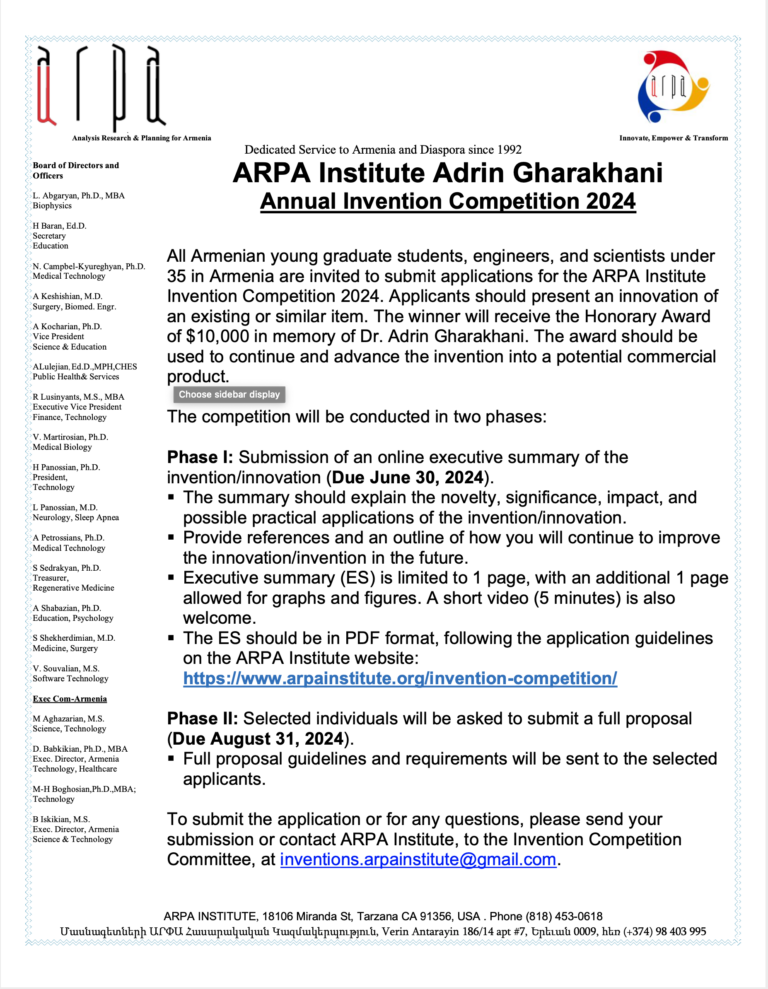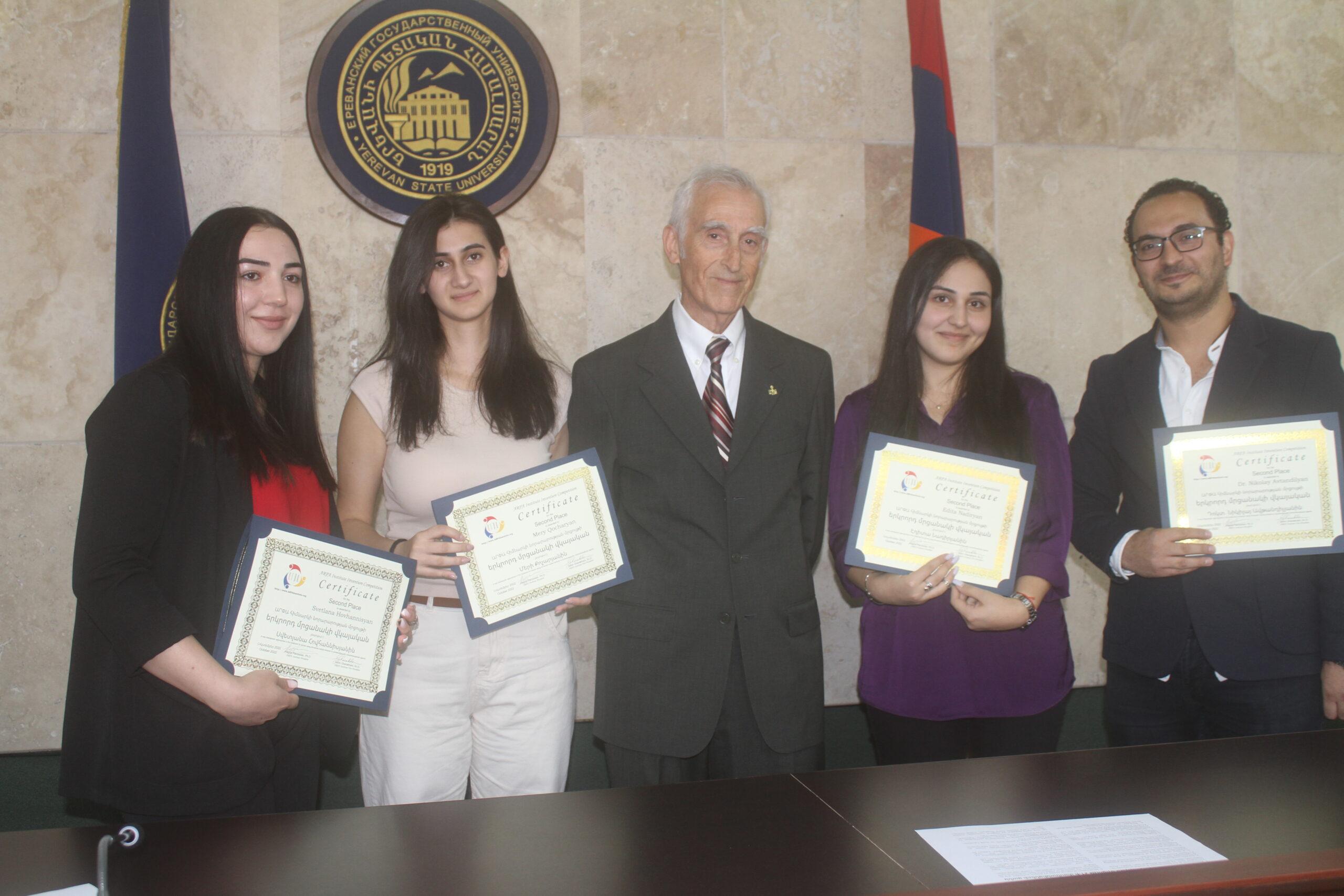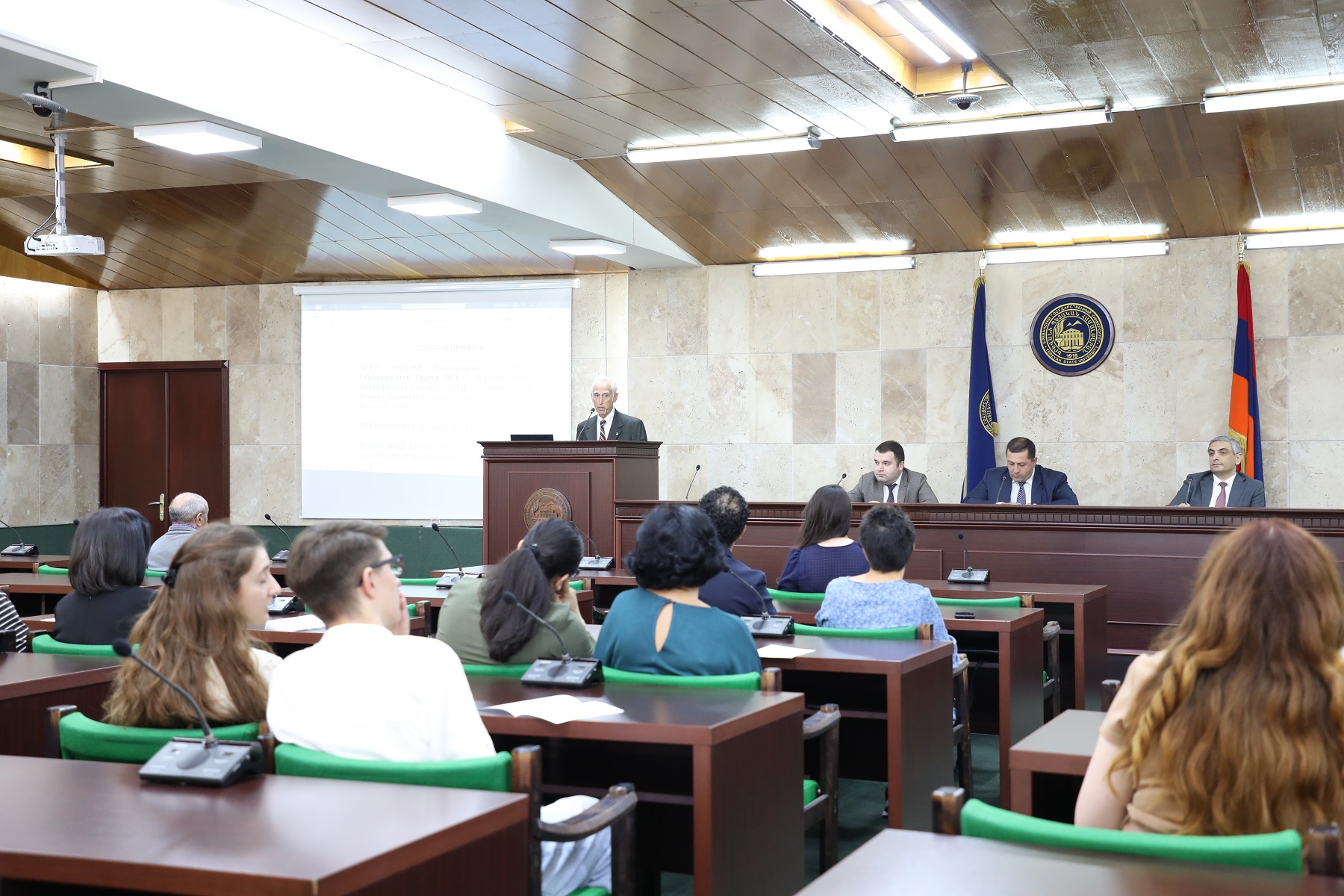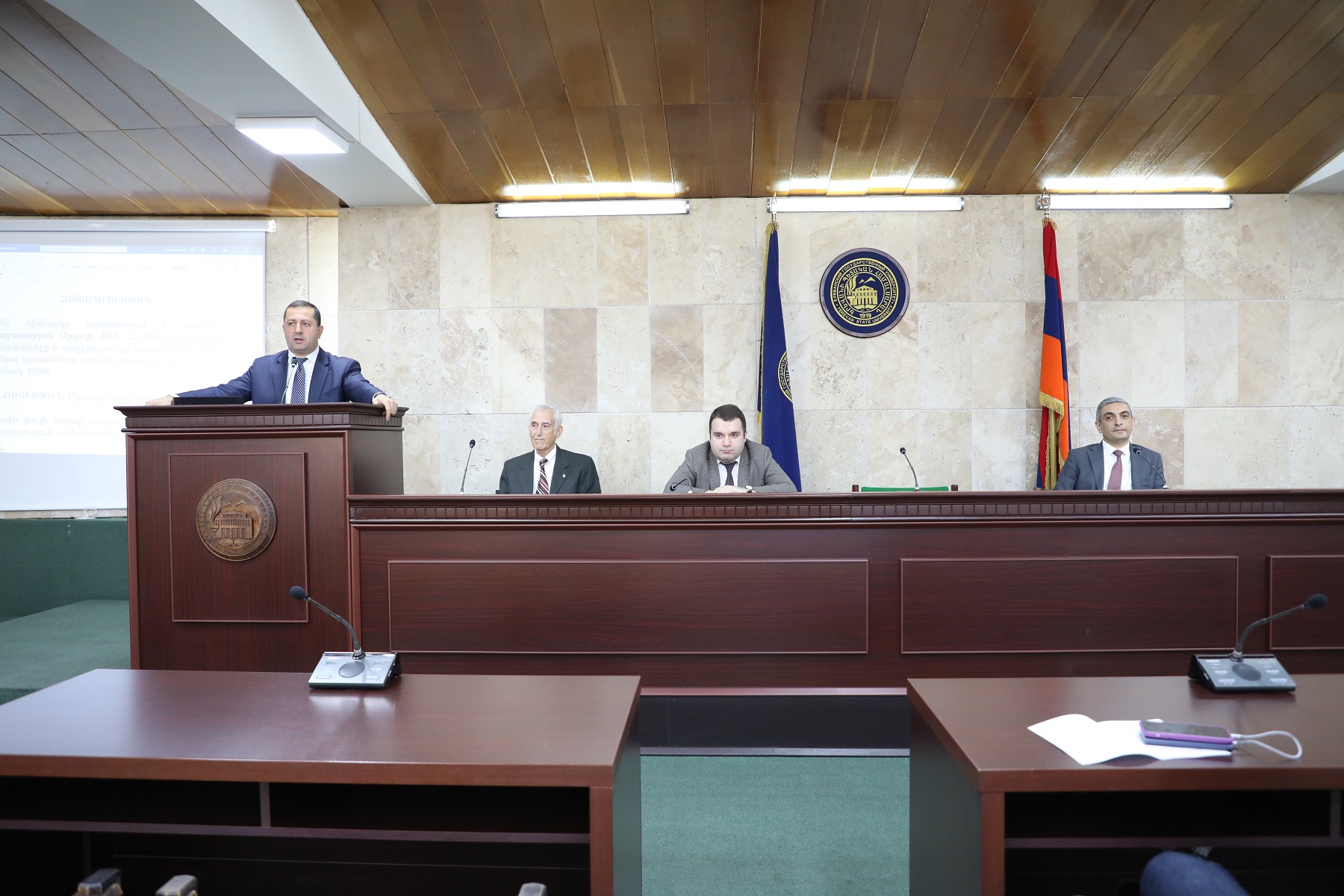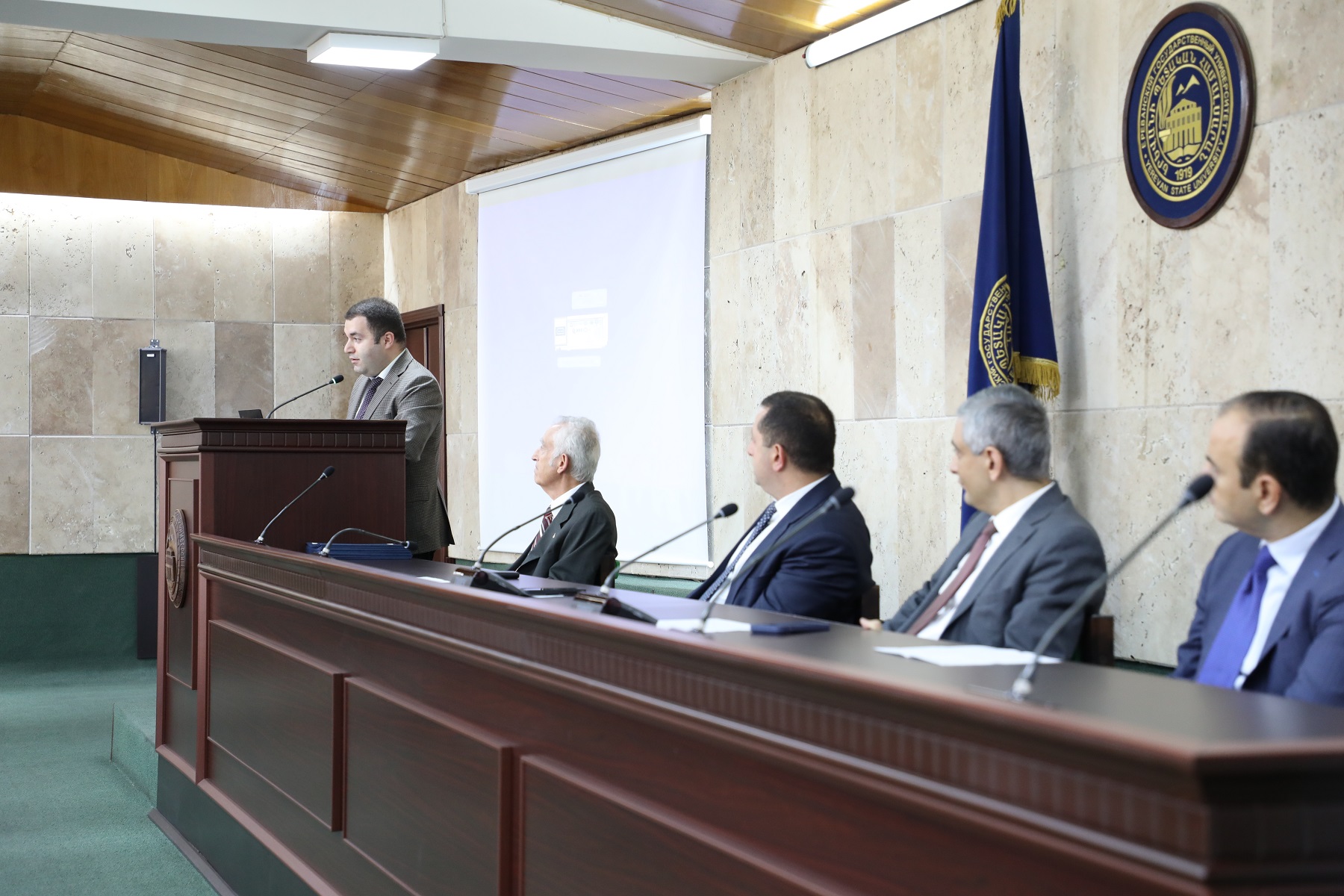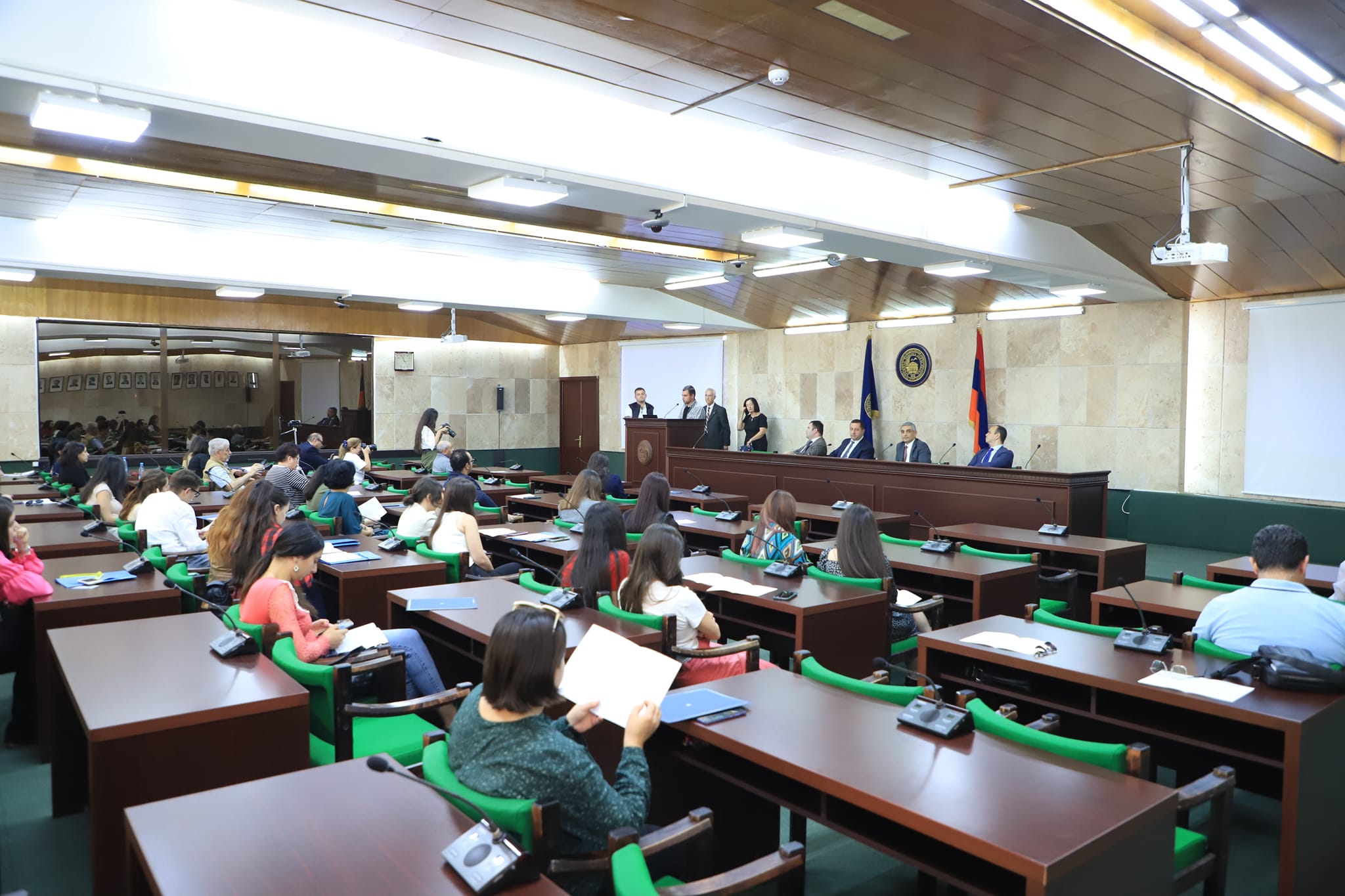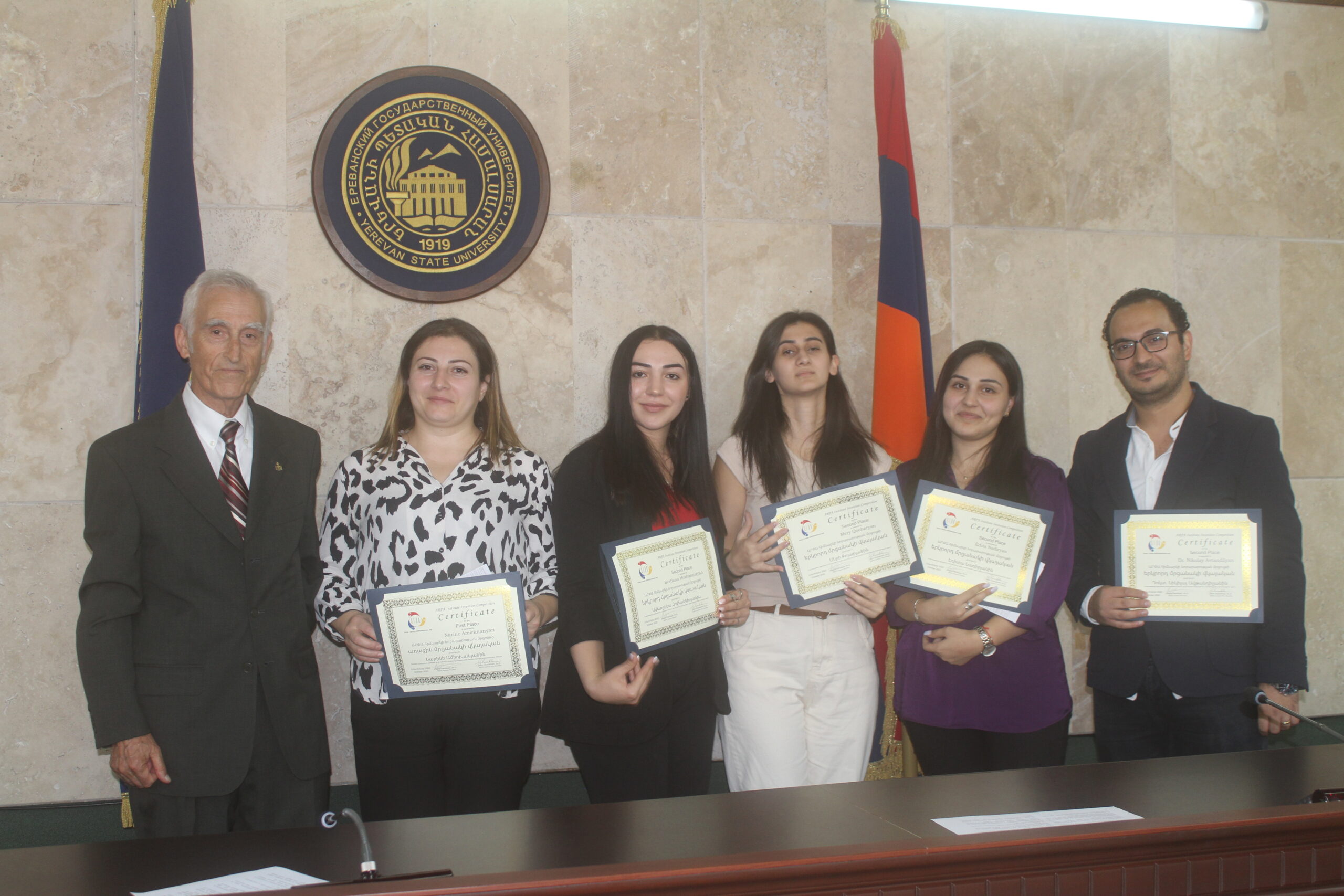ARPA Institute Adrin Gharakhani Annual Invention Competition
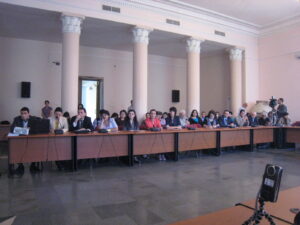
ARPA Institute Adrin Gharakhani Annual Invention Competition
Phase I & II Guidelines
Below are the guidelines for the two phases of the ARPA Institute Adrin Gharakhani Annual Invention Competition. Please read the following information carefully and in its entirety. Applications deviating from these specific guidelines and requirements (including format guidelines) will be disqualified. The deadline for submitting Phase I applications is June 30. Please send applications to the following email address:
inventions.arpainstitute@gmail.com.
Organizer: ARPA Institute of Los Angeles, California, USA.
Sponsors: The Ministry of Education & Science of Armenia, and the ARPA Institute.
Program Objectives: ARPA Institute Adrin Gharakhani Annual Invention Competition for Young Scientists is a contest designed to encourage young scientists active in science, engineering, mathematics, technology, and creative invention, while stimulating their problem-solving abilities. This prestigious challenge also recognizes the productive relationship among a team of researchers and their mentors that is essential to economic growth and leadership.
**** IMPORTANT CHANGES ****
The following three important changes have been introduced to the Invention Competition:
- The amount of the prize is $10,000. There will only be one prize.
- Applicants will be required to submit progress reports of their ongoing work on the invention at the 6- and 9- month after receiving the prize. Progress reports should consist of a minimum of two pages highlighting improvements to the innovation or new experiments/data. Even if the data is not promising, or experiments have failed, the committee would still like to see this data.
- If the progress reports are satisfactory and substantial progress is seen, ARPA Institute may continue to fund the project.
Requirements for Phase I Application Submission:
Eligibility Requirements: All young scientists of Armenia who are no more than 35 years of age, or any graduate students who are enrolled, or have been enrolled, full time in any recognized university in Armenia, at least part of the 12-month period prior to the date the entry is submitted. In the case of a team, all scientists and/or students in the team must satisfy requirements and, submit the required forms filled out and signed for fulltime student by the required signatories.
Format requirements:
- English Language
- Arial font
- 10-point font
- 0.5” inch margins
- 1 page limit
- 1 additional page for figures or graphs
- Page numbers
- Single Space
- Submission in PDF format
General Requirements: The invention, a reduced-to-practice idea or workable model, must be the work of a scientist or team of maximum 4 scientists, or a team with their university advisor. If it is a machine, it must be operable. If it is a chemical, it must be complete with evidence of successful application of the idea. If it is a recently discovered plant, color photographs or slides must be included in the submission. If a new or original ornamental design for an article of manufacture is submitted, the entire design must be included in the application (exceptions will be made if more pages are necessary to include the entire design). In addition, the invention should be reproducible and should have potential in becoming a commercial product. The entry must be the original idea and work product of the young scientist(s) or scientist/advisor team and may not have been (1) made available to the public as a commercial product or process or (2) been patented or published more than 1 year prior to the date of submission to the competition.
Text Requirements:
The following information should be used a guideline for how to partition your executive summary.
- Introduction – Describe your invention in a brief but complete manner. Include an analysis and comparison of your invention with similar existing works/patents. State the advantages of your invention over existing similar works in the international literature. Clearly and concisely explain the value of the invention, and its significance and potential contribution to the world.
- Brief description, objectives, and functions of the invention – Give a brief description of the invention: What is it? What does it do? How does it work? How can it become a commercial product?
- Data – Describe the invention characteristics with data from actual experimentation or at least simulated experimentation. In the additional page, include pictures of the invention/innovation (if applicable) or graphs showing experimental results and their significance.
- Conclusions – Write your final remarks that summarize the important characteristics of your innovation and how your data supports that notion. Clearly highlight the improvements your innovation makes on current technologies/systems and what potential areas of need it can fill.
Submission Requirements:
- PHASE I Due Date – June 30, 2024.
- Submit the application in PDF format to inventions.arpainstitute@gmail.com.
- The subject of the e-mail should be: “Invention Competition Submission”.
- The body of the e-mail should include:
- The title of the innovation/invention
- The names of submitting scientists and affiliations
Tips for submitting a competitive application:
- Brevity – Be clear and to the point regarding your innovation/invention. It is important to articulate what the invention is and why the proposed invention has advantages over existing similar devices. The judges want to know specifically what is different about your innovation and why it is better than existing systems.
- Convincing – It is up to you to convince judges (who could be engineers, scientists, mathematicians, doctors, environmentalists, physicists, or professors of other fields – who will be an expert in the field of your application) that your entry is the best of many high-quality applications. Although the judges are experienced individuals, they may not be familiar with your project or specialty. Describe your work in the most comprehensible and understandable manner to a scientifically literate person in a concise manner.
- Completeness – Ensure that your application follows the guidelines and includes all necessary requirements.
- After writing your submission, consider asking a colleague to read your application. It may help to have someone who is not familiar with your work to review it and see if is understandable to the non-expert.
- PHASE II: Phase I submissions will be reviewed by a panel of experts and select strong candidates identified for consideration during Phase II. Candidate applicants will then be contacted by ARPA Institute with a list of recommendations (provided by the panel of experts) for improving the quality of their full proposal, to be submitted by the end of the day on August 31. The formatting details of the full proposal are given in the requirements sections on General, Text, and Submission above.
- In PHASE II, the same text and submission requirements will still be valid, except that the full proposal should be limited to 15 pages and figures, graphs, and pictures. However, it is important to limit the introduction to one- or two pages and to concentrate more on the important features, characteristics of your invention and the results of your experimentation and data. Direct comparisons should be made and the innovation you claim should be clarified. References from international journals should also be cited. Your conclusion should directly relate to the data presented and graphs show.

